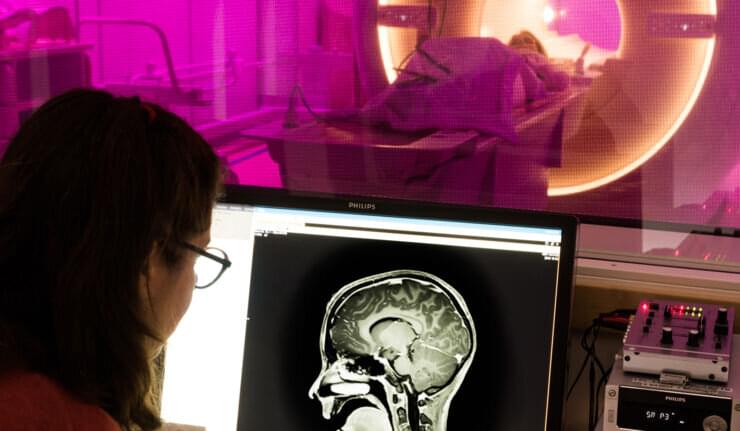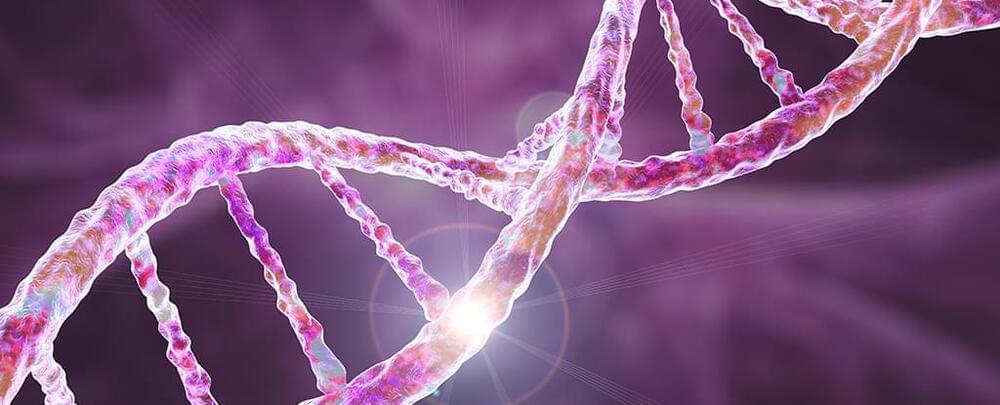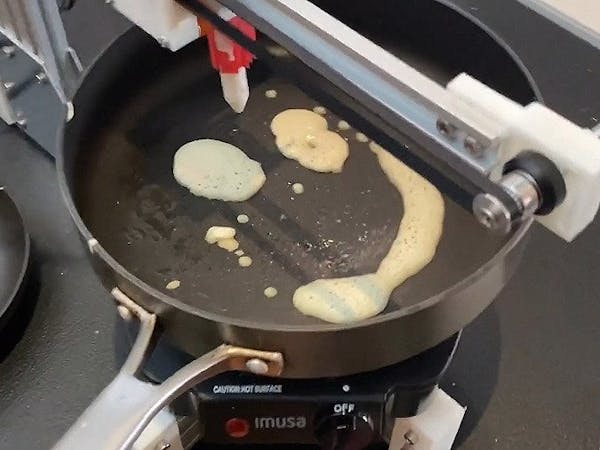The new rollout offers around 70 third-party plugins designed to enhance the capabilities of ChatGPT.


Hydrogen? 🤔
CEO — Angelo Kafantaris discuses the various components of Hyperion and the space age technology in the XP-1. This is just the beginning of what is to come!

Join top executives in San Francisco on July 11–12, to hear how leaders are integrating and optimizing AI investments for success. Learn More
Patch management approaches that aren’t data-driven are breaches waiting to happen. Attackers are weaponizing years-old CVEs because security teams are waiting until a breach happens before they prioritize patch management.
Cyberattackers’ growing tradecraft now includes greater contextual intelligence about which CVEs are most vulnerable. The result: Manual approaches to patch management — or overloading endpoints with too many agents — leaves attack surfaces unprotected, with exploitable memory conflicts.

The touch of another person may increase levels of the “feel-good” hormone oxytocin. But the context really matters. The situation impacts oxytocin levels not only in the moment, but also later, as is shown by researchers at Linköping University and the University of Skövde in Sweden. Their study has been published in the journal eLife.
An embrace from a parent, a warm hand on your shoulder or a caress from a romantic partner are examples of how touch can strengthen social bonds between people and influence emotions. But although touch and the sense of touch have a very important function, knowledge of how this actually works is still lacking.
Studies in animals have shown that the hormone oxytocin is linked to touch and social bonding. However, many questions remain unanswered when it comes to oxytocin’s role in human social interactions and how this hormone can influence and be influenced by the brain. To study this more closely, researchers have examined what happens in the body when we feel a soft touch.

Every skin flake, hair follicle, eyelash, and spit drop cast from your body contains instructions written in a chemical code, one that is unique to you.
According to a new study, technology has advanced to the point that it’s now possible to sift scraps of human DNA out of the air, water, or soil and decipher personal details about the individuals who dropped them.
As useful as this might seem, the study’s authors warn society might not be prepared for the consequences.

Distributed denial-of-service (DDoS) attacks are growing in frequency and sophistication, thanks to the number of attack tools available for a couple of dollars on the Dark Web and criminal marketplaces. Numerous organizations became victims in 2022, from the Port of London Authority to Ukraine’s national postal service.
Security leaders are already combating DDoS attacks by monitoring network traffic patterns, implementing firewalls, and using content delivery networks (CDNs) to distribute traffic across multiple servers. But putting more security controls in place can also result in more DDoS false positives — legitimate traffic that’s not part of an attack but still requires analysts to take steps to mitigate before it causes service disruptions and brand damage.
Rate limiting is often considered the best method for efficient DDoS mitigation: URL-specific rate limiting prevents 47% of DDoS attacks, according to Indusface’s “State of Application Security Q4 2022” report. However, the reality is that few engineering leaders know how to use it effectively. Here’s how to employ rate limiting effectively while avoiding false positives.




AI CREATING NEW TYPES OF JOBS
Join top executives in San Francisco on July 11–12, to hear how leaders are integrating and optimizing AI investments for success. Learn More
Amazon, the online retail behemoth, has long been quiet about its plans for conversational artificial intelligence, even as its rivals Google and Microsoft make strides in developing and deploying chatbots that can interact with users and answer their queries.
But a new pair of job postings may have just offered a glimpse into Amazon’s ambitions. The job postings, which were first discovered and reported by Bloomberg, described a new search functionality for Amazon’s web store that would feature a chat interface powered by a technology similar to ChatGPT, one of the world’s leading natural language AI systems.